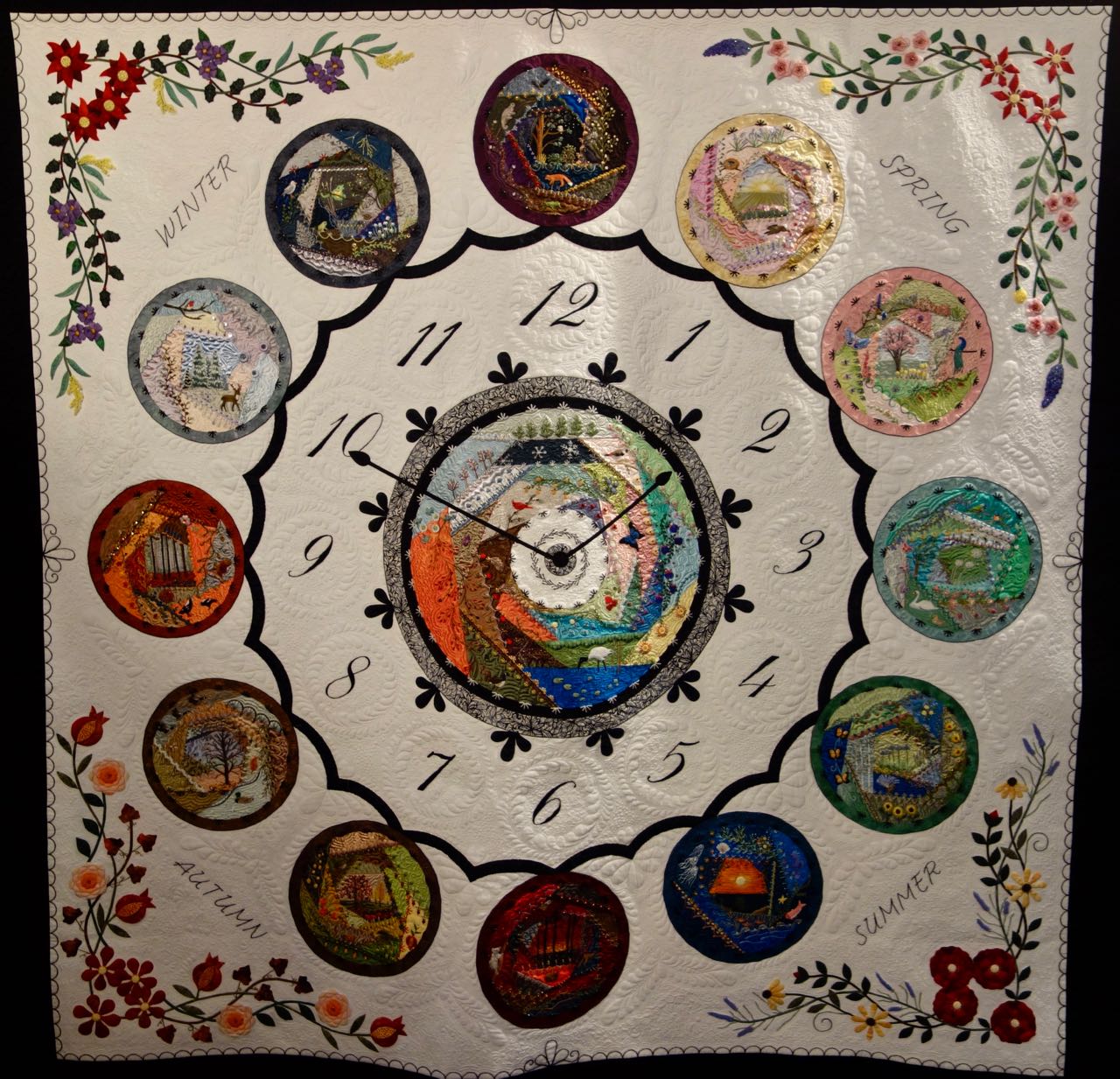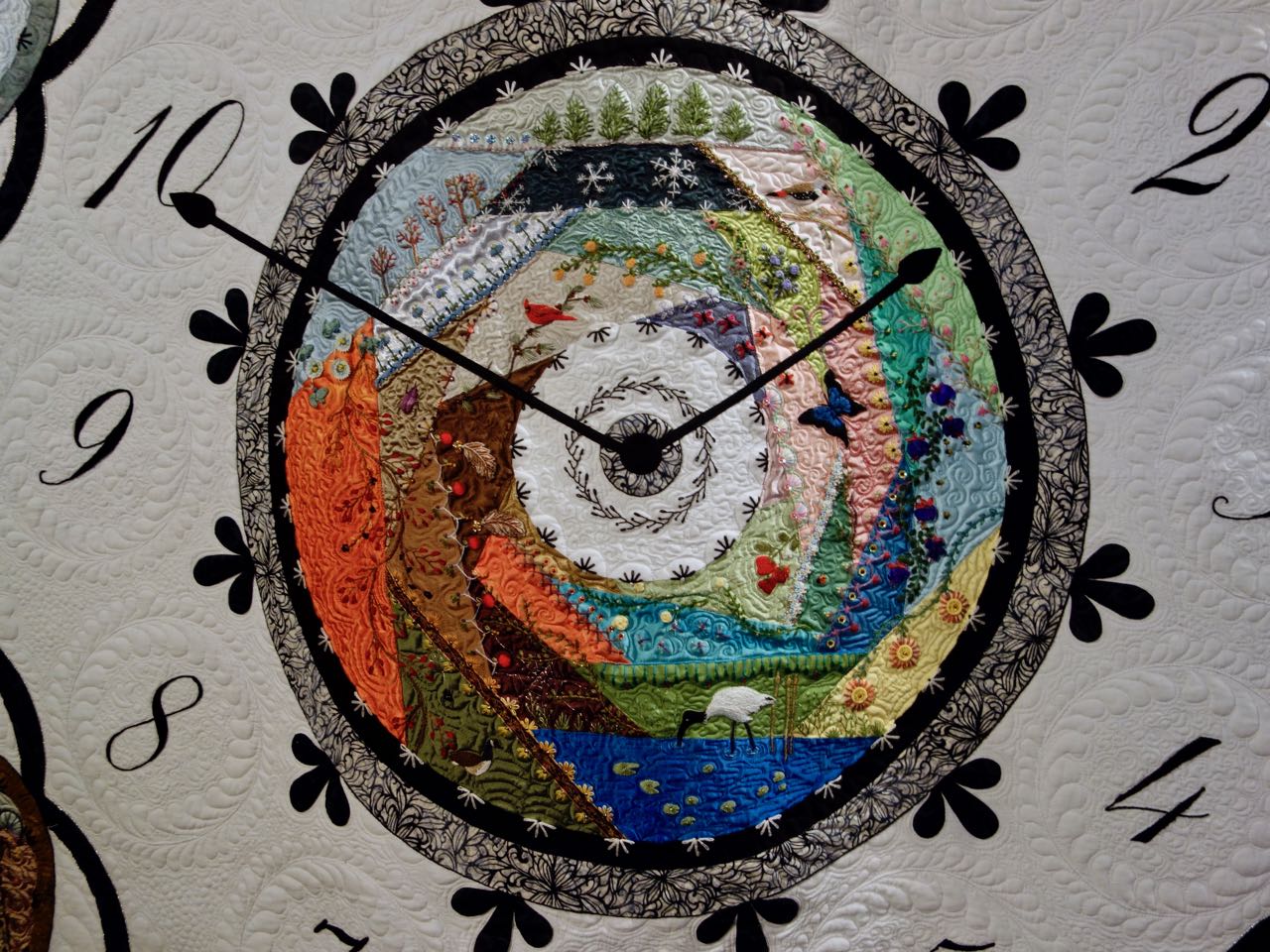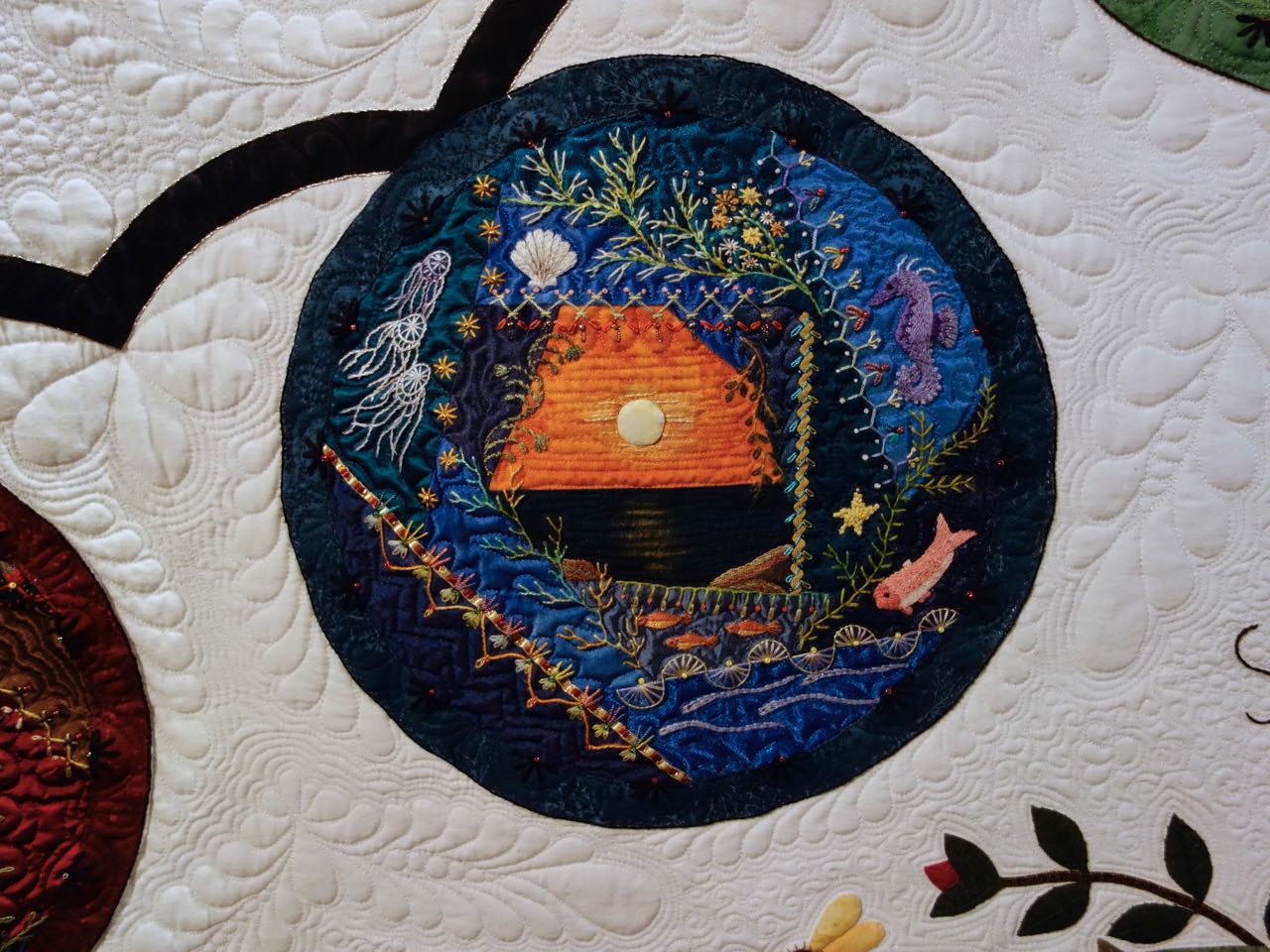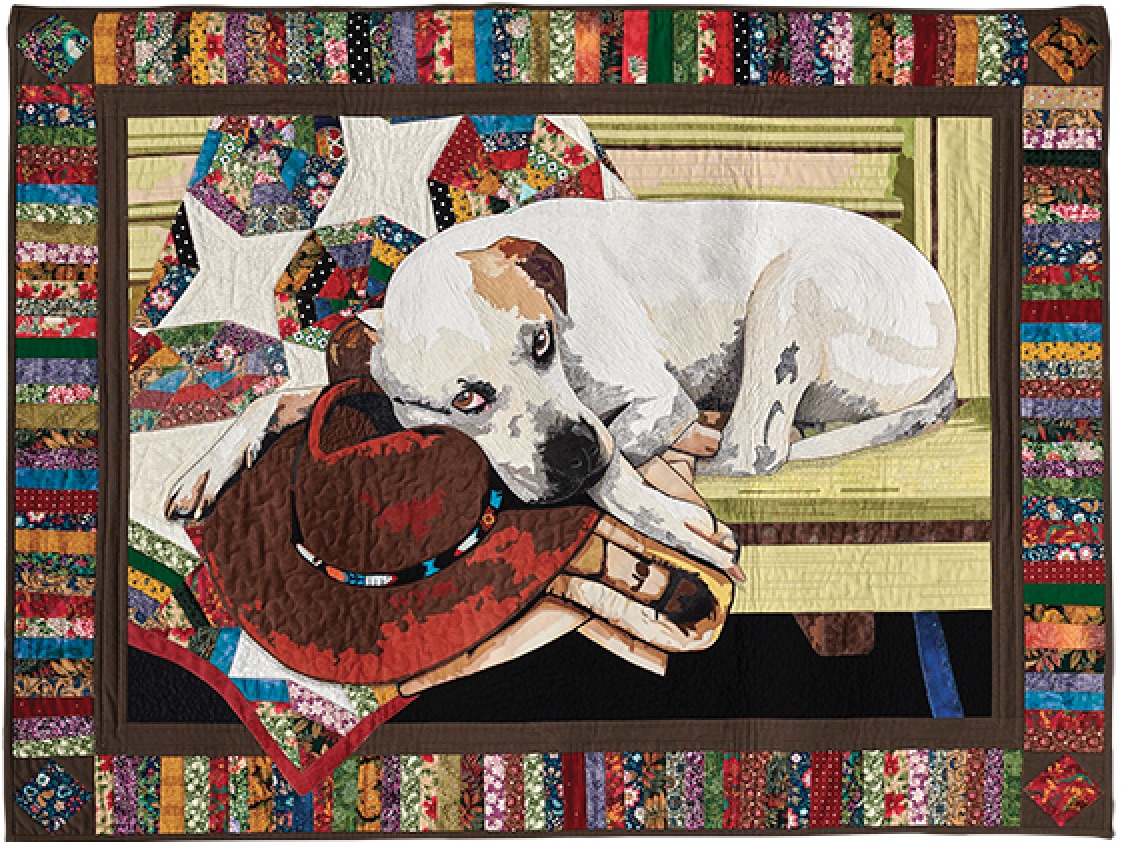

Alex was surprised and impressed by these great new products at Spring Quilt Market in Portland, Oregon. Their booth was jammed. These were some of the hottest products at Market. Accurate, pinless piecing is now possible. Take a look at the video and then go to the Shop and get the starter kit and try it out. Quantities of this starter kit are limited.
The Acorn Easy Precision Piecing Starter Kit
When Alex saw how these Acorn Precision Piecing Products work, she was in love! These products are designed to give you ultimate control in assembling your quilt blocks and appliqué pieces, making everything go together more easily and precisely.
We brought in this starter kit to give you a chance to try the Acorn Precision Piecing Products for yourself. Each kit includes:
1 oz of Seam Align Glue in a squeeze bottle with a precision applicator
This is used in place of pinning for a more secure "slip-free" hold when assembling your blocks or applying applique pieces. The applicator makes the glue easy and neat to apply, and once you have applied it and stuck your fabrics together, you press it to dry it, so there is no lag while you wait for it to dry.
4 oz of Easy Press Solution, and an applicator pen to apply the Easy Press Solution
After you have stitched and pressed your seam, you use the applicator pen to apply the Easy Press solution *just* to the seam area of your block and press again. This makes the seam lie absolutely flat, and because you are applying the solution to just the seam area, your block won't get distorted like it can when using starch on the entire block.
Everyone needs one of these quick and practical Tool Caddy and Thread Catchers from Erika Mulvenna at WeAllSew. And wouldn't it make a great gift for your friends?
(Photo: WeAllSew.com)
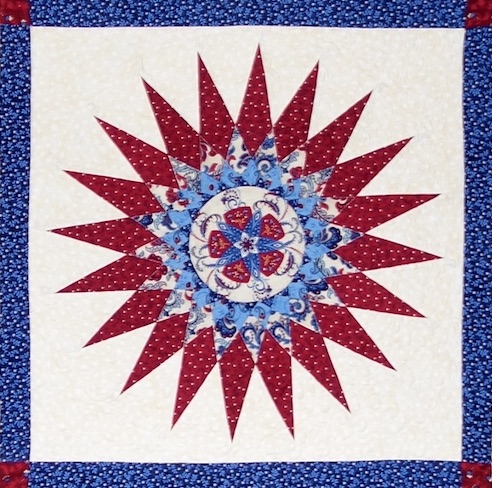
I have to say it doesn't take much to distract or entertain me. Which makes me go off on a tangent... but, most often I learn something. Spending time in Portland, Oregon for our grandson's 1st birthday and following that with a Father's Day gathering allowed us some leisure time in the city. It is funny how you can walk the same path 100s of times and not really see what is in front of your face...or home! LOL. In front of our building is a huge tree...glorious in its height and stunning in its display. This tree is like an honored citizen, and the city of Portland takes great care, even so far as to attach metal cables to support the weight of its massive branches.


Since it was a gloriously sunny day, I stopped to look up through its massiveness and saw this plaque. I was blown away by how old this tree was...planted in 1870!!! I walk by this tree several times a day without truly appreciating its display. For what ever reason, this day it whispered, "Stop and enjoy my beauty."

...Here it comes...how the quilting brain works...the first thing I thought was... "The texture of the trunk would make a fabulous fabric print." ...And then I immediately thought, "I wonder if I can find the oldest quilt on record?" Needless to say the internet is a wealth of information. Wanting to get the real info...not the fake info, I went to the Smithsonian website for information. The first quilt they have listed is a Copp Family Indigo Wool Quilt.

First of all...this website is a must read for all quilters (the National Quilt Collection at the Smithsonian)... http://americanhistory.si.edu/collections/object-groups/national-quilt-collection
Secondly, the date made is 1750-1800!!! Older than the tree! Plus, I no longer feel bad about how long it takes me to finish a quilt..50 years...now that was a UFO!!!
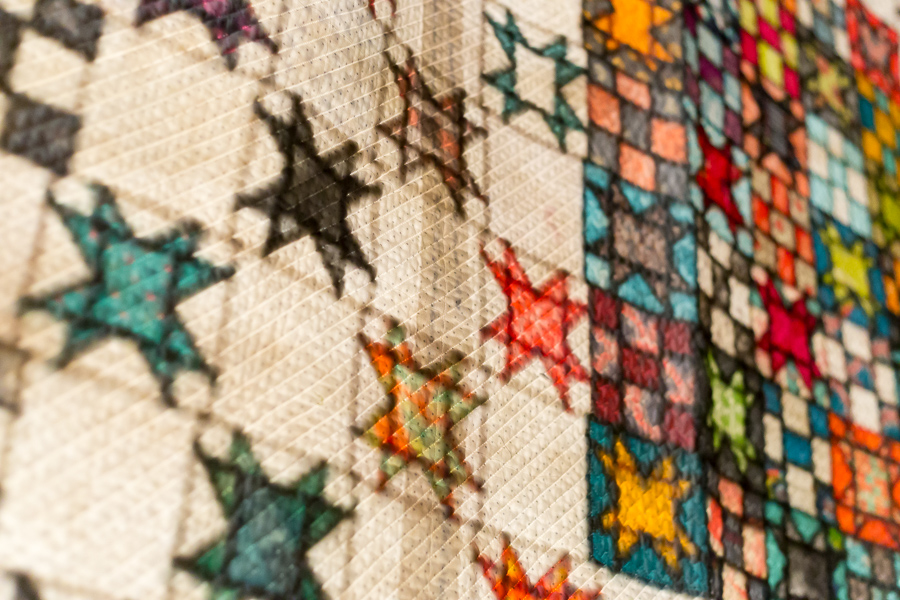
Sometimes we get a quilt top done and just don’t have the energy, creativity or stamina to quilt it. Does it matter if we leave it as a top? From a museum curator’s point of view, it does matter if the quilt is finished. With limited storage space, curators have to make hard choices about what to bring into the collection and what to decline. For me, the hardest thing about being a curator is turning down objects that are offered for the collection.
Each object that comes in goes through a lengthy process that takes about 8 hours to process before it is finally rolled on an acid free tube and put away in storage. And each quilt requires about $100 of storage supplies, i.e. tube, acid free tissue, pipe. So I have a rule of only bringing in completed quilts, unless the top is extraordinary. This wasn’t always the case at the Museum of Texas Tech University. There are quilt tops in the collection, but very few have had sleeves sewn on them so that they can be professionally photographed. When it comes to exhibits, completed quilts take precedence over quilt tops.
Back in 1983 the James H. Martin family brought several items to donate to the Museum of Texas Tech University, including a Crazy Quilt Top. Lining the trunk of the car that day was a finished quilt that caught the eye of the curator who asked if the family would donate that also. The quilt had a great story. It lined the floor of the covered wagon in which the family brought their possessions the 275 miles or so from Stephenville in East Texas to Terry County in West Texas in 1921. The family members thought more highly of the unfinished Crazy Quilt Top, but the curator, probably Betty Mills, lobbied also for the finished quilt. The story of the quilt caught my attention when selecting quilts for the 2016 exhibit, Legacy of a Thousand Stitches; Quilts of the Museum of Texas Tech University. Clearly it is a utilitarian quilt and one that received heavy use over the years because of the repairs along the binding done with flour sack fabric, but it has a strong graphic quality and a terrific story, making it a good candidate for exhibition.
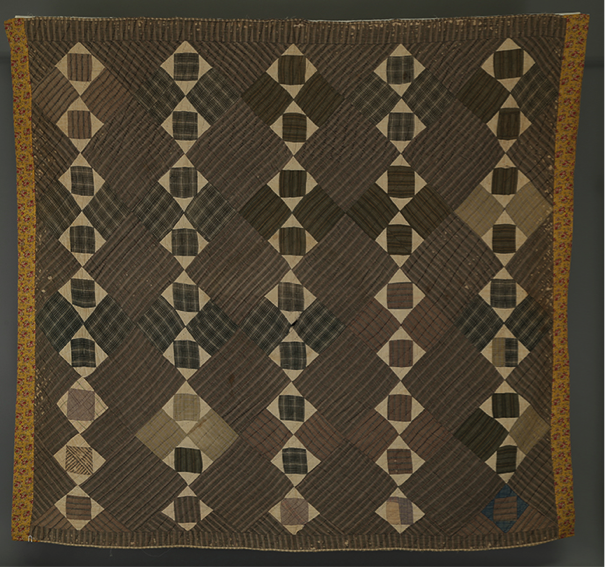
Four Patch within Square on Square set on Point Quilt created by Pearl Bench Martin 1880-1910 in Stephenville, Texas.
Gift of James H. Martin Family, TTU-H1983-064-002. Photo courtesy of the Museum of Texas Tech University.
Wanting to include the Four Patch within Square on Square set on Point Quilt in the exhibit meant I needed to dig a little further to find out about the quilt maker. Contact with a surviving family member yielded the following picture of the quilt maker and information. Pearl Bench Martin was born November 16, 1899 in Leonard, Fannin County, Texas. On December 20, 1916 she married James Haeckel Martin and they had four children. They moved from Stephenville to Terry County in 1921. She was an accomplished housewife and seamstress who regularly quilted, crocheted and sewed clothing for her family. She frequently used flour sacks in her sewing projects. The family recalls that when visitors arrived at her home, they were greeted with the fresh aromas of the kitchen, a plate of sugar cookies and warm hugs. Her Angel Food cakes were the highest ever seen by family members.
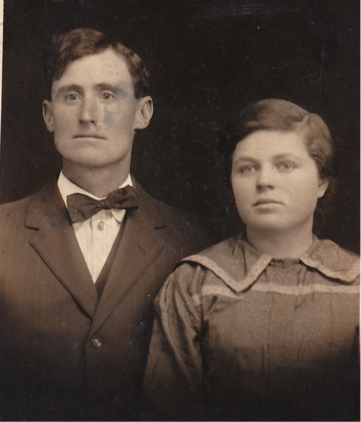
Pearl Bench and James Haeckel Martin at about the time of their wedding in 1916.
Photo courtesy of Dr. and Mrs. Howard Hurd II (Redelle Martin).
The Martin family treasured her Crazy Quilt Top more than the Four Patch Quilt and Pearl likely did as well because she didn’t use it to line the bed of the covered wagon. But it is unfinished and never crossed my radar for inclusion in the exhibition because there were good finished crazy quilts to show. To be fair, many crazy quilts were never quilted given how problematic quilting them is and because they were often intended to showcase the lady’s needlework skills in the parlor and not use on a bed. Since they weren’t intended as bed coverings, Crazy Quilts were seldom laundered, so quilting wasn’t important.
The Crazy Quilt Top includes a wide variety of embroidered motifs such as birds, an Oriental man, fans, butterflies, flags and hands. There are two embroidered hands, one is inscribed “Jim 1898” and the other “Gus”. The names of Pearl and James’ children are on the quilt: Mae, Robert, Jim 1898 and Gus. Since the exhibit, Mrs. Martin’s granddaughter has brought visiting family members in several times to see the Crazy Quilt Top and to tell stories of the people represented on the quilt and these family members don’t seem to care if they get to see the finished quilt. But it is the finished quilt that intrigued the Museum’s curators enough to preserve Mrs. Martin’s needlework and to publish information about her in the catalog that accompanied the exhibit. Had her finished utilitarian quilt not been used to line the car trunk the day the donations came in you likely wouldn’t have heard about Mrs. Martin. So finish those quilts—besides finished quilts are easier to sew a sleeve to for photography. For this reason we only have a work image of the Crazy Quilt Top.
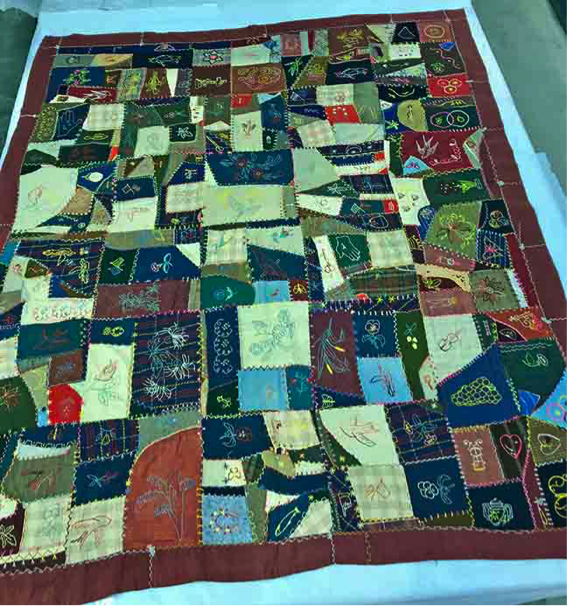
Crazy Quilt Top, circa 1898 by Pearl Bench Martin (Mrs. James Haeckel).
Gift of James H. Martin Family, TTU-H1983-064-001.
Photo courtesy of the Museum of Texas Tech University.

AccuQuilt recently published an article about men quilters. Read it and discover the men who have grown to be leaders in the quilting industry. You just might recognize one of the faces. Click on Learn More to read the article.
When you think of men in the quilting industry, who pops into your head?
(quilt: Dad’s Lone Star by Ricky and Richard Tims)
Thanks Friends, by Eriko Kubo of Nagoya, Japan, won an Honorable Mention for a first time entry into the show at QuiltWeek® – Spring Paducah, Kentucky, 2018. We can certainly see why. We love all of the different types of baskets she created and the appliqué and embroidery in the blocks and borders is just exquisite. Did we mention the hand quilting?

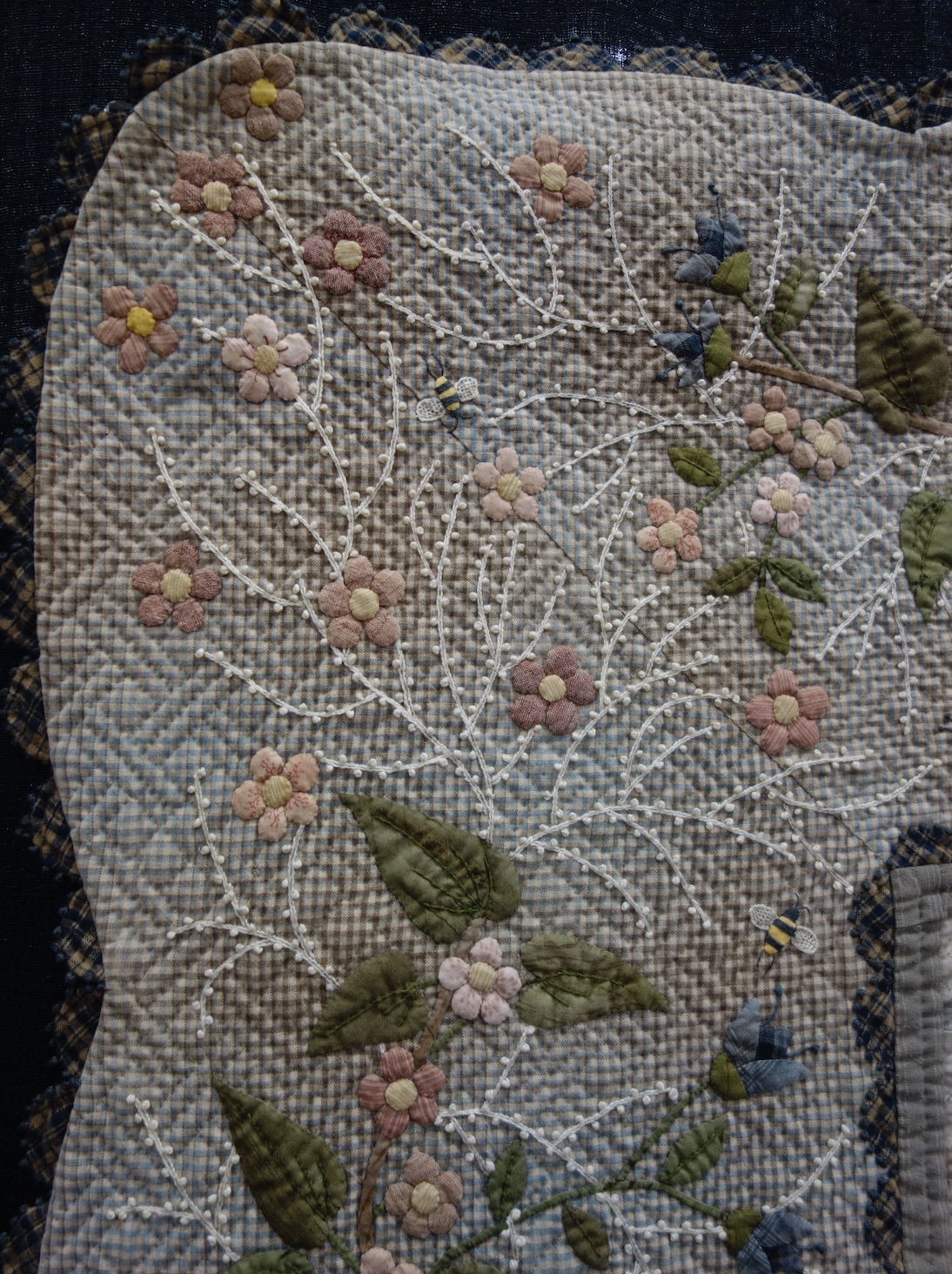
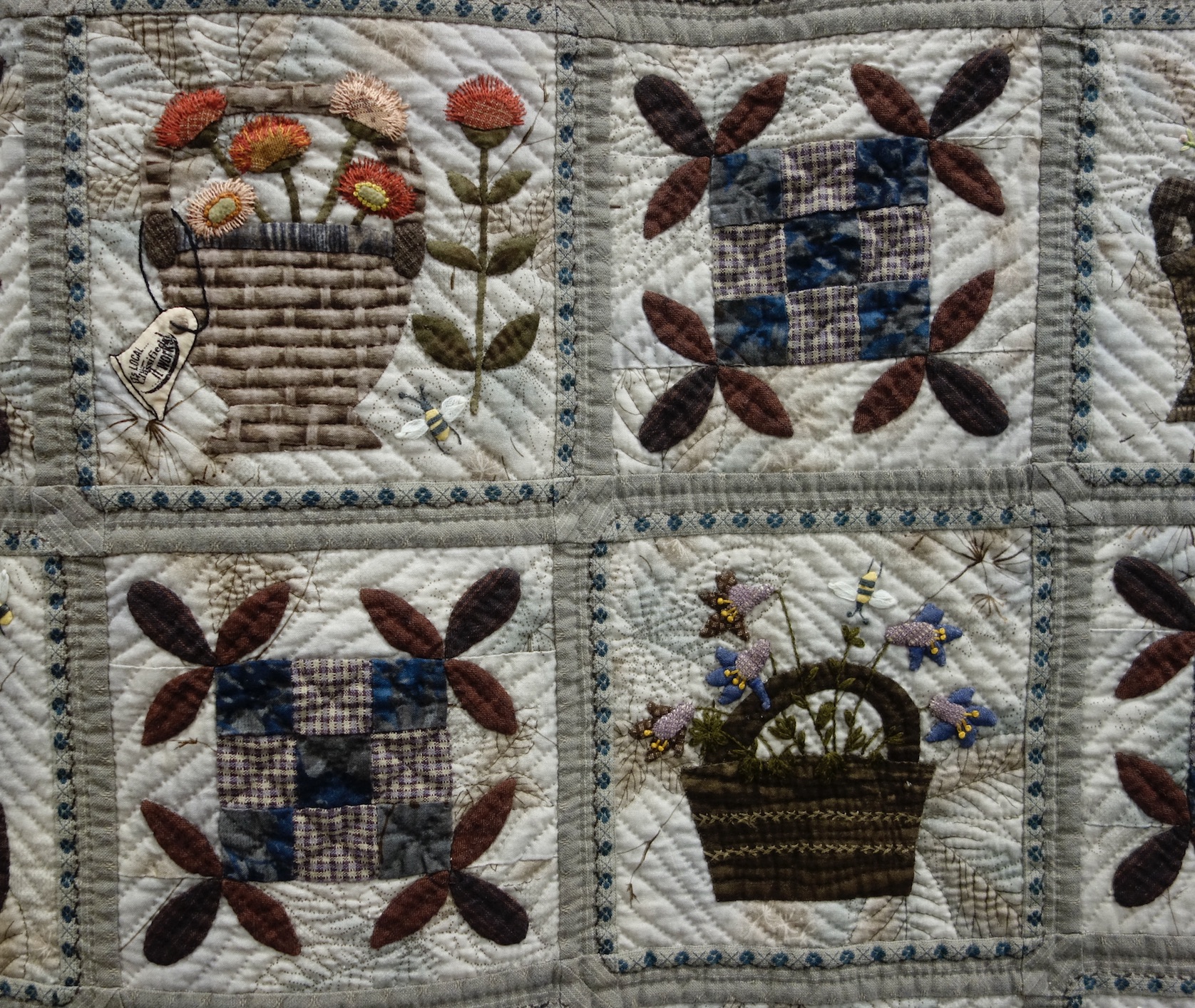
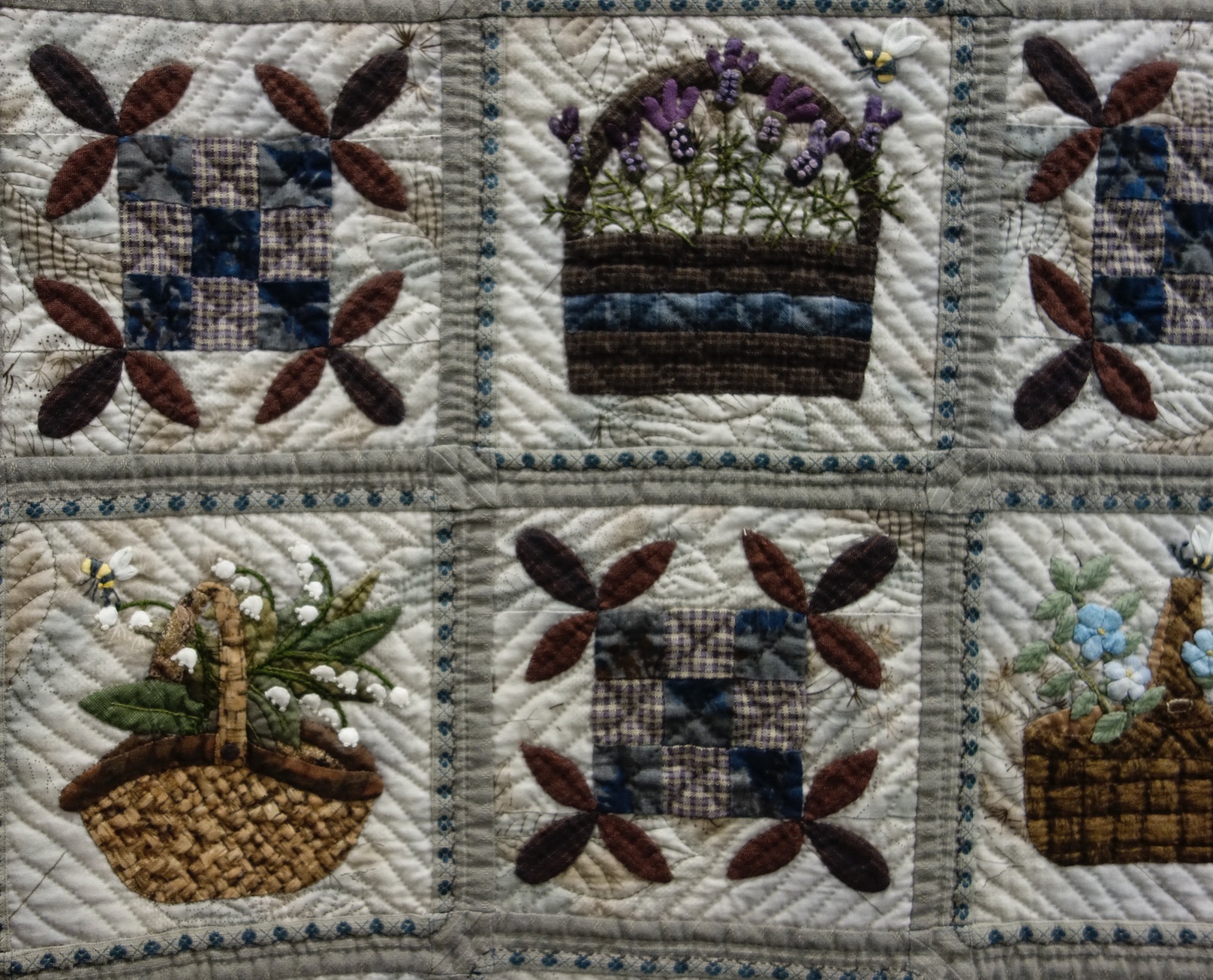
We looked outside on Father's Day and realized that summer was started and running. Time is slipping by quickly. It reminded us of a quilt we saw in Houston 2016. "A Time For All Seasons" is an elegant look at the earth's changes throughout the year. The quilt is beautifully embellished with embroidery for each season. Make sure to notice the appliqué, the marvelous quilting, and the fun border. Also, remember to find time to enjoy the summer.
